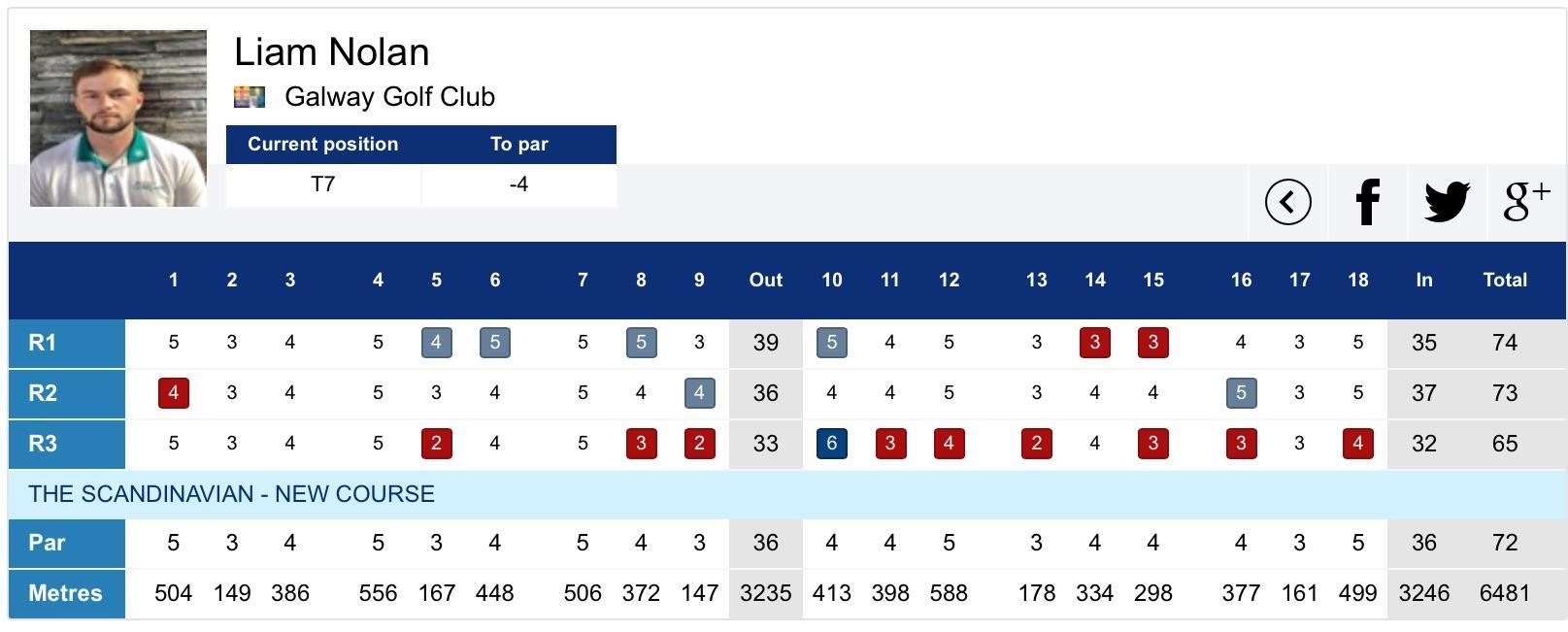Exploring Golf handicaps: A Pathway to Enhanced Skills and Strategic Play
In the world of golf, handicaps play a pivotal role in creating a fair competition among players with diverse skill levels. A golf handicap is more than just a number; it encapsulates various factors that indicate a golfer’s potential performance relative to the course’s difficulty. By thoroughly examining the elements that constitute golf handicaps,players can gain critical insights into their abilities,fostering an environment ripe for skill development and strategic choices. This article aims to unravel the complexities of golf handicaps, discussing their calculation methods, implications for course selection, and their influence on gameplay strategies. Ultimately, understanding these aspects empowers golfers to create personalized advancement plans while enriching their overall experience on the course.
Grasping the Basics of Golf Handicaps and Their Calculation
Golf handicaps are essential tools that enable golfers of different abilities to compete fairly against one another. Essentially, a handicap quantifies a golfer’s potential ability based on scores achieved in relation to course difficulty. Central to this calculation are two key metrics: Course Rating, which indicates what score an expert golfer might achieve on a specific layout; and Slope Rating, which measures how challenging the course is for higher-handicap players compared to scratch golfers.
The process of calculating a golf handicap involves several steps that consider recent performances:
- Selecting Top Scores: Only select percentages from recent best scores contribute.
- Adjusting for Course Difficulty: The Course and slope Ratings modify raw scores accordingly.
- Averaging Adjusted Scores: the final figure represents the golfer’s handicap index.
| Component | Description |
|---|---|
| Course Rating | The anticipated score for an expert player on that particular course. |
| Slope rating | A measure indicating how difficult it is for average players compared to experts. |
This foundational knowledge allows golfers to choose courses suited to their skills while developing targeted practice routines aimed at improving weaknesses. A lower handicap signifies better performance consistency; conversely, higher numbers highlight areas needing attention. Recognizing these factors not only aids self-assessment but also motivates focused training efforts—ultimately enhancing overall enjoyment during play.
Assessing Course Rating and Slope Influence on Handicaps
The interplay between a player’s handicap and both course rating and slope offers valuable insights into gameplay dynamics. The course Rating aids in objectively gauging how challenging each layout may be by estimating expected scores from proficient golfers tackling new courses effectively aligns skills with environmental challenges—potentially lowering overall scores while enhancing enjoyment levels during rounds played.
Theslope Rating , meanwhile, provides insight into how much harder or easier courses can be depending upon individual skill levels—higher ratings indicate greater disparities between scratch players versus those with higher handicaps—which significantly influences strategic approaches when navigating obstacles like hazards or tricky greens throughout play sessions!
This table illustrates practical examples showing how varying ratings impact strategy decisions:
| Course Type | Course Rating | slope Rating | Tactical Implications for Strategy | ||||||||||||||
|---|---|---|---|---|---|---|---|---|---|---|---|---|---|---|---|---|---|
| Easy | 68-70 | 100-105 | Prioritize accuracy over distance.
| Moderate
| 71-73 <
| 106 -115
|
| Balanced approach. Difficult
| >74& nbsp;
| >116& nbsp;
| < ; strong > ;Strategically manage your game plan. | Focus more heavily upon shot selection rather than raw power. < ;/ s t rong > ; < ; h 1 style=“text-align:center” >< ; span style=“color:#ff0000” >< ; b style=“font-size:24px” >< ; u style=“text-decoration:none;color:#ff0000;font-weight:bold;font-size:24px” >&amp;amp;amp;amp;&&a mp;a mp;a mp;a mp;a mp;a m p; |
| Coursename | CoursRating | SloRatingg | |||
|---|---|---|---|---|---|






